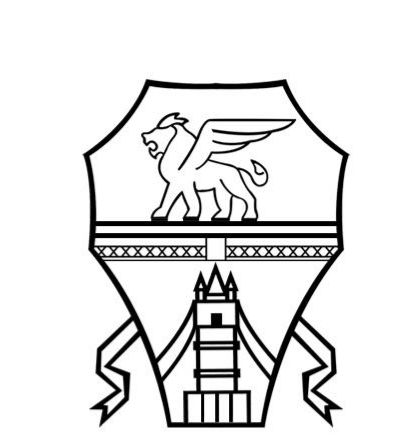Before an email can reach its destination, i.e. your gmail inbox, it must first go through a series of checkpoints. These are referred to as mail servers and the program that allows you to send or receive email is known as an email client.
To explore multiple mail servers, it is essential to know how they communicate and the various protocols set up to ensure that each message is authenticated.
In the article, you will find some essential details about Linux mail servers to help you find the right one for your business.
What are mail servers?
The mail servers manage the receipt of incoming mail, the sending of outgoing mail and access to your mailbox from webmail, distributing the various emails correctly.
In general, they include a number of interconnected servers that send the email to the correct recipient.
What are mail clients?
Mail clients are obviously different from mail servers: they help emails to move from one server to another until it reaches its intended recipient.
Unlike servers, email clients do not manage storage facilities and must have a shared network connection.
For example, Outlook and Thunderbird are two of the most popular email clients – they offer an interface through which you can keep your messages organized and easy to find with categorization. You can also add or view attachments using email clients.
How does sending an email work?
What path does an email take from composition to delivery? The operation is not completed in a single step but goes through a sequence of servers to arrive at the destination mailbox. What are the steps?
- Step 1: the email is written with an email client (e.g. Outlook). After pressing the send key, the mail client automatically connects to your domain server. The latter interacts with the client to collect all the details and elements of the message.
- Step 2: After collecting the data, the server follows a standard Simple Mail Transfer Protocol (SMPT) to initiate the transfer. The server will search for the recipient’s domain name, finding the destination server (a DNS server is used to get the recipient’s domain name and connects to the destination mail server, known as a Mail Exchanger or MX).
- Step 3: Next, the mail transfer agent finds and delivers the message to its final destination which in turn accepts it via two main protocols: POP or IMAP.
Which Linux mail servers to choose?
Courier
Courier mail servers provide individual protocols such as IMAP or ESMTP and are compatible with major platforms such as Linux and Mac OS X.
The administration panel is intuitive and incorporates several web-based configuration and administration tools.
The built-in filtering mechanism fights spam emails.
Dovecot
Dovecot is the mail server we are currently using. We chose it for its stability, updates, and always complete functionality, much more in line with our operational needs than Courier, which we used previously.
Dovecot, compatible with the main platforms, is among the servers with the best performance and flexibility: it offers a high standard of security and ease of migration.
Like Courier, it features an intuitive and comprehensive administration panel.




